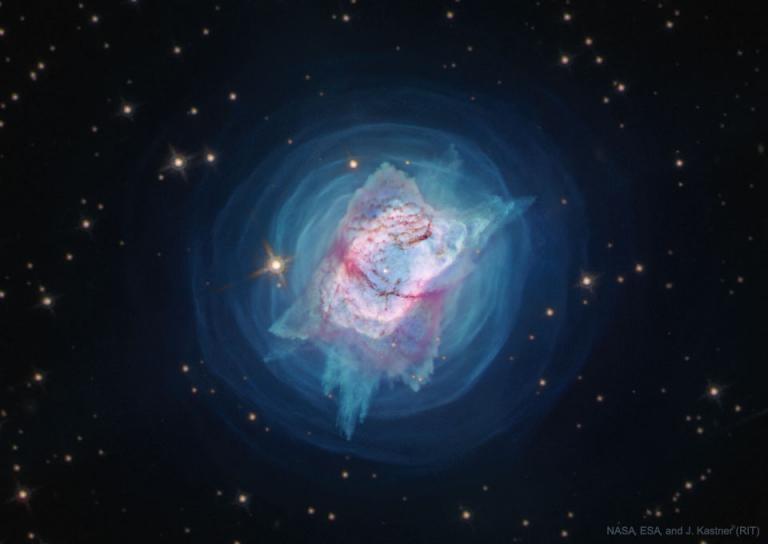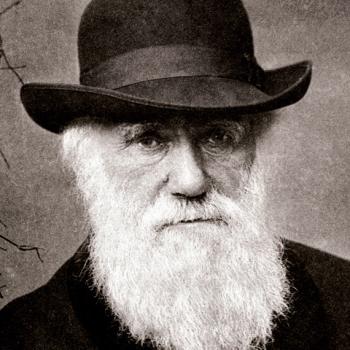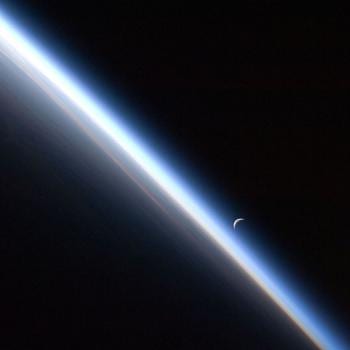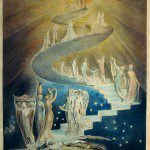
(NASA, ESA, Joel Kastner public domain image; processing by Alyssa Pagan)
Here is a lengthy passage that I marked in Douglas Groothuis, Christian Apologetics: A Comprehensive Case for Biblical Faith (Downers Grove: IVP and Nottingham: Apollos, 2011) some time back. It addresses the question of whether it’s simply meaningless to claim that the existence of a universe that is receptive to the emergence of life, and especially of intelligent life, is or was massively improbable and therefore constitutes evidence for design:
Walter Sinnott-Armstrong and Keith Parsons protest that the odds of a universe that is life-permitting are simply inscrutable, not low or high. They reason that one can calculate probabilities for things within the space-time world, but not for the world as a whole. We know the odds of being dealt a royal flush, for example, since we know the number of cards and type of cards involved. But the odds of the universe having the unique features it possesses is something entirely different. This is inscrutable given the stark uniqueness of the situation. Therefore, no Designer can be inferred from the apparent fine-tuning, since the odds of the universe occurring by chance or by design are indiscernible.
Yet it seems that there are far more possible human-life-prohibiting universes than possible human-life-friendly universes. Consider this ratio:
A. The actual human-life-friendly universe (fine-tuned) or possible other life-friendly universes (if other universe arrangements could permit human life)
_________________________________________
B. Possible human-life-prohibiting universes (that is, not-A)
The ratio of A/B is extremely small. We obviously don’t have various cases of universe-generation situations to compare, since our universe is one of a kind. But the uniqueness of our universe does not rule out the consideration of probabilities, since other universes are logically conceivable. Moreover, we rationally consider probabilities for singular events in other situations.
An illustration from John Barrow is helpful. Put a red dot on a piece of paper, representing our (human-friendly) universe. Now vary the fine-tuning data slightly a very large number of times. When you get a human-friendly universe, assign another red dot; when you get a human-prohibiting universe, assign a blue dot. You will end up with a sea of blue dots and only a few pin points of red. [William Lane] Craig summarizes Barlow, “There are simply a vastly greater proportion of more life-prohibiting universes in our local area of possible universes than there are life-permitting universes.” (257-258)












